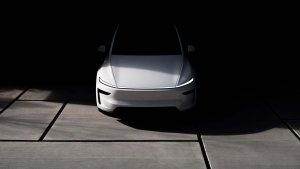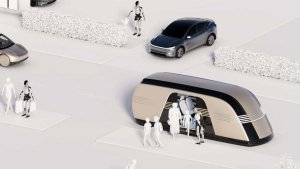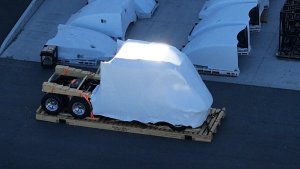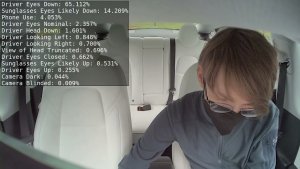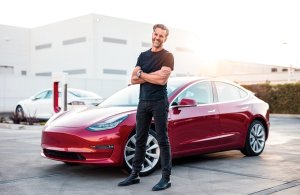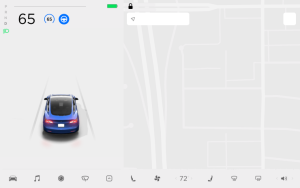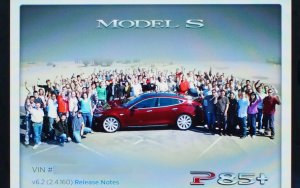Tesla Releases 'Actually Smart Summon': Features & Videos [Now Includes HW3]
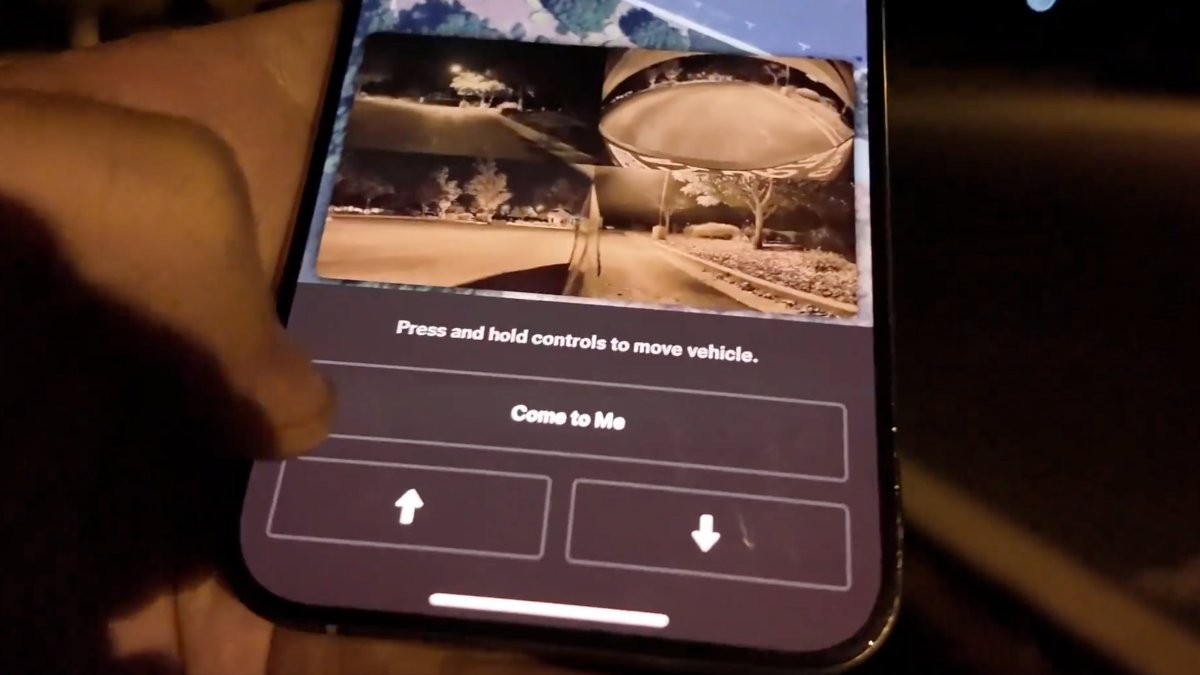
Early this morning Tesla released FSD v12.5.3 with Actually Smart Summon. The update is version 2024.27.20 and while the FSD release notes remain the same, we now have the long-awaited Actually Smart Summon feature (cute acronym here).
While this release is currently limited to hardware 4 (AI4) vehicles, it’ll be the first time that any type of Summon is available on vehicles without ultrasonic sensors. When Tesla removed ultrasonic sensors in the Model 3 and Model Y in October of 2022, those vehicles also lost access to features such as Summon (regular and smart), Autopark and Park Assist.
Tesla then rewrote the software for these features to remove its reliance on ultrasonic sensors and use only vision. Park Assist was publicly reintroduced for USS-less vehicles in March 2023 and later enhanced with High-Fidelity Park Assist. Autopark was reintroduced in March 2024, and now Smart Summon has finally arrived.
Rollout
The rollout of FSD v12.5.3 and Actually Smart Summon is currently going out to early-access customers, which mostly consists of popular influencers. However, it’s only going out to vehicles with AI4, and it’s not clear when it’ll be supported on HW3. When Tesla first rolled out FSD 12.5 to HW4 vehicles, it took about a month before it became available on HW3 cars. Since the hard work of porting the new FSD model to HW3 vehicles is already done, we don’t expect a huge delay in getting the improved Summon feature available on HW3.
Like all other Tesla rollouts, FSD 12.5.3 will be gradual. The recent rollout of FSD 12.5.1.5 was stopped, likely in favor of this version. Keep an eye on our rollout pages for FSD 12.5.3 to see when this update goes out to additional customers.
Update: Tesla has now begun rolling out the update to HW3 vehicles!
Actually Smart Summon Features
Actually Smart Summon includes several new features over the previous version of Smart Summon that was available on vehicles with USS. First, its capabilities seem to be greatly improved over its predecessor since it now leverages the newest FSD model in FSD v12 and uses end-to-end AI, instead of relying on hand-coded features to control the vehicles.
Tesla is now also providing a live camera view in the app as expected after an app update showed evidence of live camera feeds. When you open the Summon view from the app, you’ll be shown a matrix of four live camera views in the app.
Actually Smart Summon test #2 (Roundabout)
— ΛI DRIVR (@AIDRIVR) September 3, 2024
I'm officially impressed pic.twitter.com/GbiWcdFYpB
While using Smart Summon, you’ll be presented with a live video of the vehicle’s front camera, giving you even better access to the vehicle’s surroundings.
With the updated Summon, you have two choices. You can use the original summon, “Dumb Summon,” which only allows you to move your vehicle in a straight line — forward or back. Or you can use the new Smart Summon which allows you to have the vehicle go to your current location or a different spot you pick on the map.
To use Summon, you’ll need to hold down the “Come to Me” or “Go to Target” buttons. Whenever you let go of the button, the vehicle will stop. This lets you easily stop the vehicle when you notice an obstacle the vehicle may have missed.
Future Features
In the release notes, Tesla points out that there will be additional features coming to Smart Summon in the future. These features include HomeLink and MyQ garage support, which will allow the vehicle to open a garage door before it starts moving. It’s worth noting that this feature was available in the previous version of Summon, but Summon just didn’t work well enough to trust the vehicle to open the garage door before it started moving. Actually Smart Summon (just called Smart Summon in the app), will be a huge improvement, but whether you’ll want to trust it with opening and closing your garage door is still to be determined.
Tesla also says that it’ll improve the summoning experience by not requiring you to hold down the buttons in the app and that it’ll also support longer ranges in a future update. The current version of Summon is limited to about 65 meters (213 feet). While Tesla doesn’t specify the range of Actually Smart Summon, it’s expected to be about the same as the previous version with an even longer range coming in the future.
ASS (Actually Smart Summon) test #1 pic.twitter.com/qHLJ4Pvrdg
— ΛI DRIVR (@AIDRIVR) September 3, 2024
Eligibility & Regions
Actually Smart Summon is currently limited to users with FSD on the latest FSD update (2024.27.20). This update is expected to go out to additional customers with HW4 and FSD in North America, but it’s also expected to support HW3 soon.
Actually Smart Summon will be available outside of North America and to customers with Enhanced Autopilot or FSD in the future. However, this won’t happen until FSD 12.5.3 is stable and becomes a part of the regular Tesla updates. Tesla currently includes FSD 12.3.6 with the non-FSD specific updates. As we saw with Autopark, Actually Smart Summon is expected to roll out to North America first, then gradually roll out to additional countries. Autopark was first released in North America on an FSD-specific update in March 2024 and then became available in Europe in late June.
Robotaxi Event
This weekend we shared the news that Tesla will be holding its Robotaxi event at an outdoor, city-like movie studio where they’re expected to show off the Robotaxi in action and even let attendees ride along in the vehicle. Tesla also started gathering additional data in some of the public areas of the movie studio to help improve Robotaxi performance at the event (Robotaxi concept designs).
Actually Smart Summon could be one of the reasons the Robotaxi event was moved from August 8th to October 10th. We’re now only a little over a month away from this event now, and Actually Smart Summon may be our first glimpse into what the Robotaxi will be capable of.
My first time sitting in the back seat while FSD drives me around in my new Model 3 Performance $TSLA pic.twitter.com/OM9qnntpj8
— Whole Mars Catalog (@WholeMarsBlog) September 3, 2024












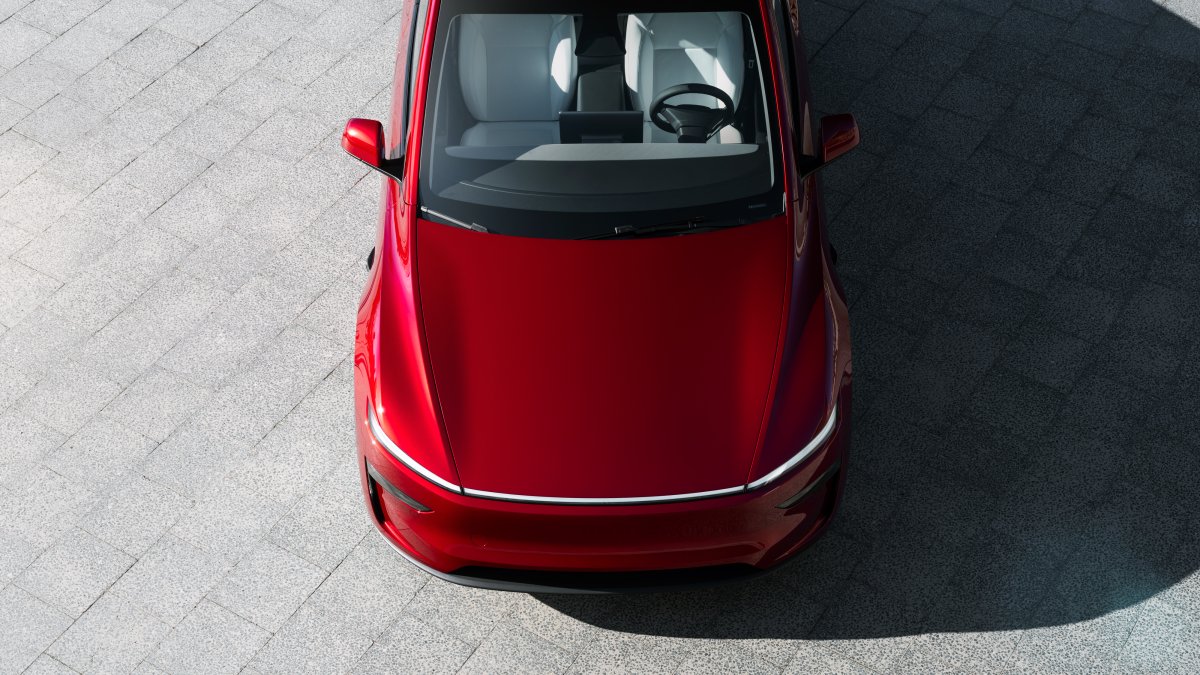
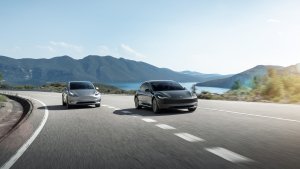

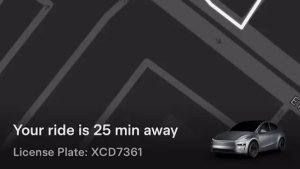
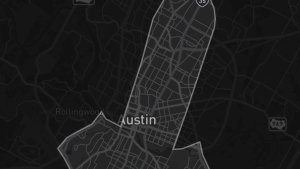
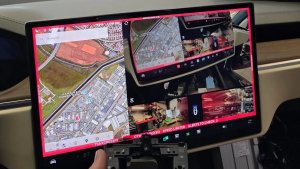
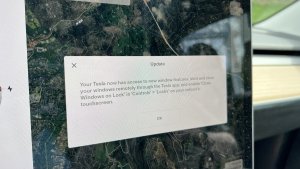
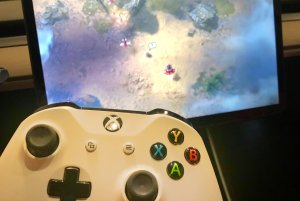

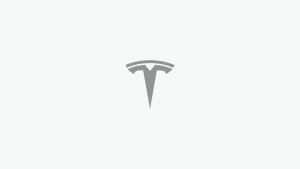
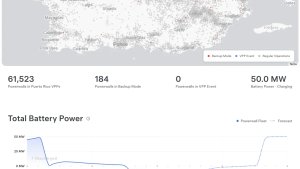
![Tesla Software Update 2025.26: Grok, Light Sync, Audio Presets and More [VIDEO]](https://www.notateslaapp.com/img/containers/article_images/tesla-update/light-sync-update.jpeg/e84ab2f1fe12f493a75927db105a9586/light-sync-update.jpg)
